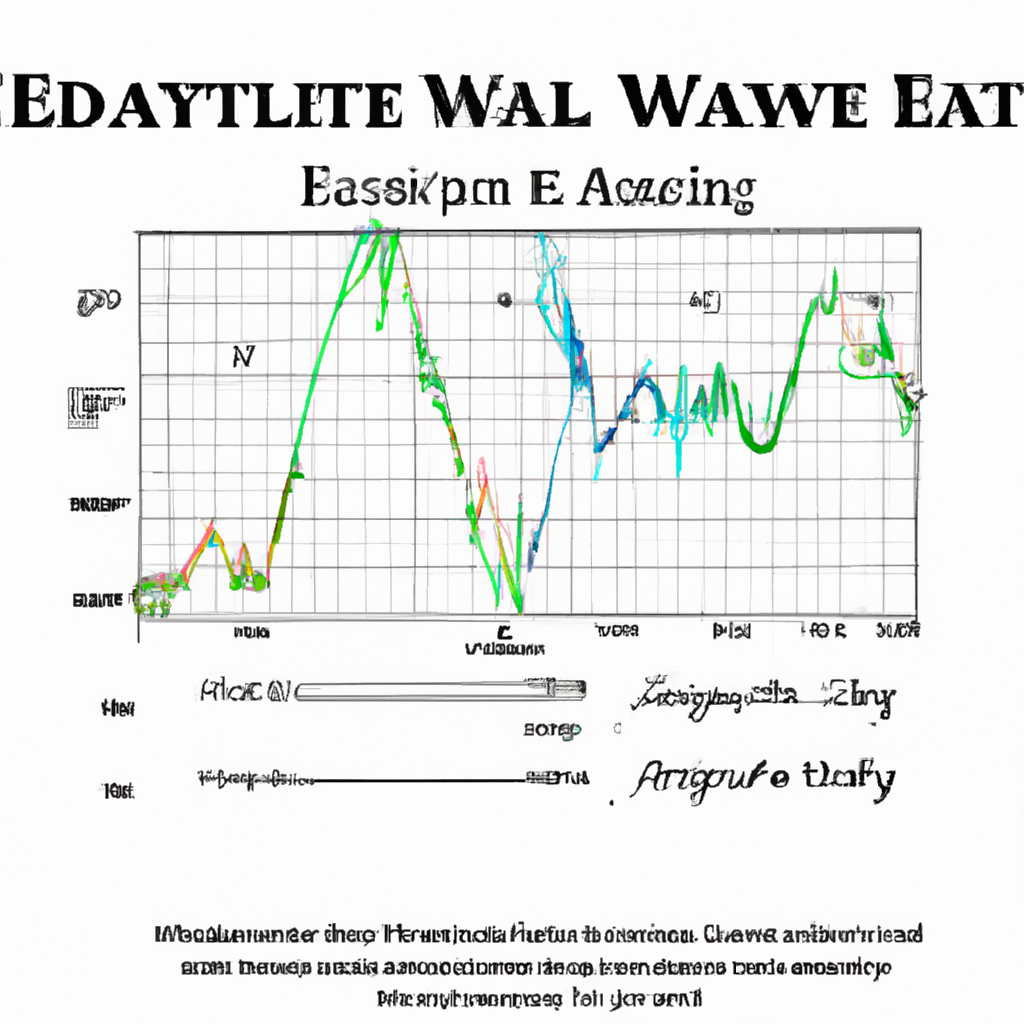
Introduction
Elliott Wave analysis is a method used by traders and investors to forecast market trends based on the psychology of crowds. Developed by Ralph Nelson Elliott in the 1930s, this theory suggests that market prices move in repetitive patterns, or waves, which can be used to predict future price movements.
Basic Principles of Elliott Wave Theory
Wave Patterns
Elliott Wave theory is based on the idea that market prices move in a series of five waves in the direction of the main trend, followed by three corrective waves. These waves are labeled as impulse waves (1, 2, 3, 4, 5) and corrective waves (A, B, C).
Fibonacci Ratios
Another key principle of Elliott Wave theory is the use of Fibonacci ratios to determine potential price targets and retracement levels. These ratios, such as 0.618 and 0.382, are derived from the Fibonacci sequence and are commonly used in technical analysis.
Methods of Elliott Wave Analysis
Wave Counting
One of the most common methods of Elliott Wave analysis is wave counting, where traders identify and label the various waves within a price chart. This involves looking for patterns and relationships between the waves to determine the current position within the larger wave structure.
Wave Extensions
Wave extensions occur when one of the impulse waves within a larger trend is longer than the others. This can provide valuable information about the strength of the trend and potential price targets for future waves.
Wave Corrections
Wave corrections are the corrective waves that occur within a larger trend. These waves typically retrace a portion of the previous impulse wave, providing opportunities for traders to enter or exit positions at favorable prices.
Applying Elliott Wave Analysis
Trading Strategies
Traders can use Elliott Wave analysis to develop trading strategies based on the predicted direction of the market. By identifying potential wave patterns and Fibonacci levels, traders can make informed decisions about when to enter or exit trades.
Risk Management
Risk management is an important aspect of using Elliott Wave analysis in trading. By setting stop-loss orders and position sizing based on the predicted wave structure, traders can minimize potential losses and protect their capital.
Conclusion
Elliott Wave analysis is a powerful tool for predicting market trends and identifying potential trading opportunities. By understanding the basic principles and methods of this theory, traders can gain a competitive edge in the financial markets.






